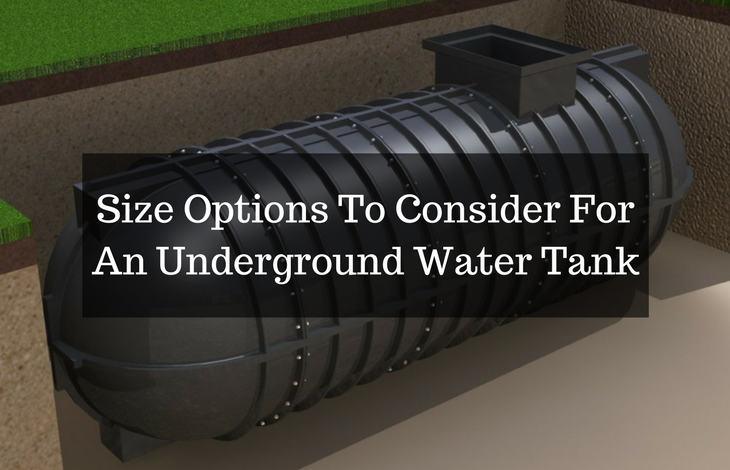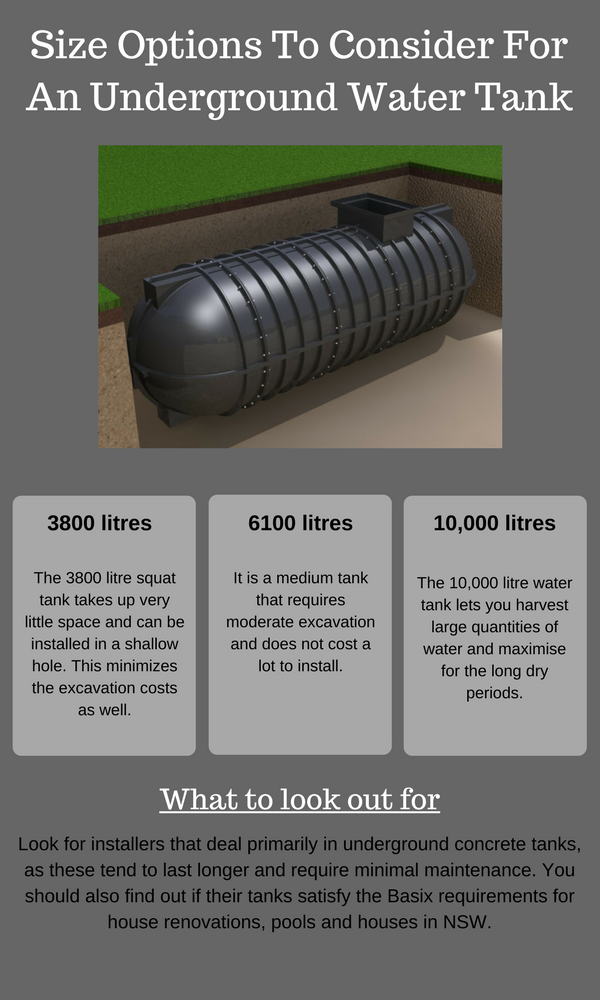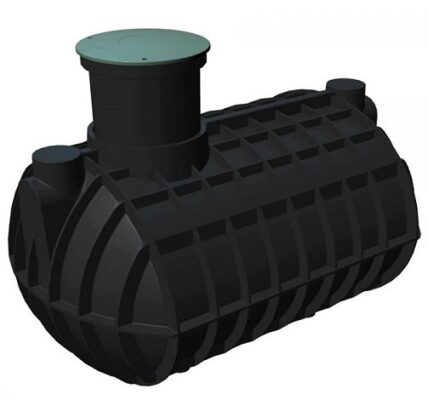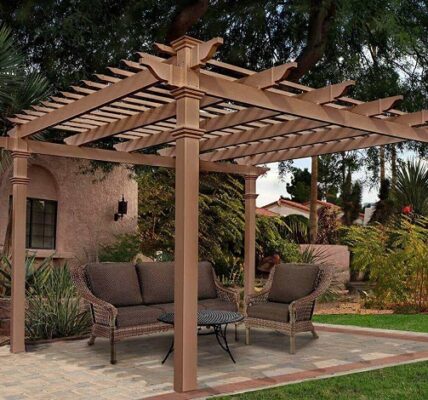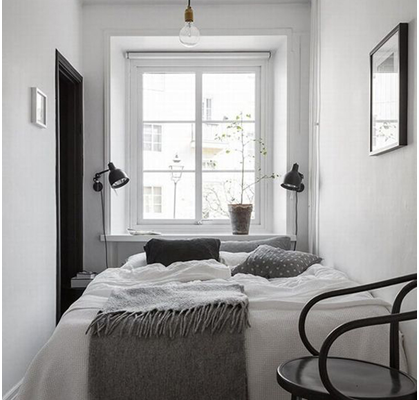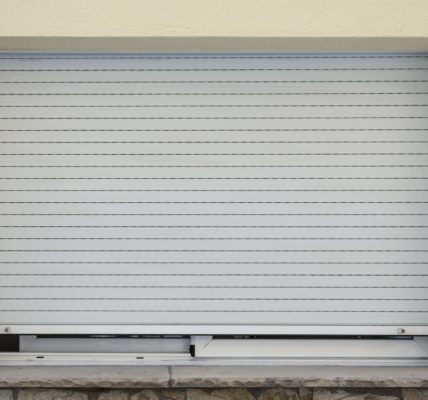Water harvesting is a big deal nowadays. Not only is it great for the environment, but also lets you store water for use during the dry season. More people are installing water tanks in their homes, with the option of choosing between above ground, and underground water storage. The final choice is however influenced by a number of factors, including the size of the tank, planned future land use of your yard, and most importantly, the space available for your tank to be installed.
With underground water storage tank however, you have the best of both worlds. You can harvest your water in peace, while at the same time limiting the amount of space occupied. This makes them the perfect solution for people with smaller yards or people who are considering putting up other structures such as garden sheds on the same space. You are also able to hide your tank and protect it from the elements. Underground water storage is also somewhat shielded from bush fires, which is a very useful feature in places such as Sydney and Canberra that are fire prone. If you are considering additional water storage, here are some subterranean storage options available:
3800 litres
This is a smaller capacity tank for households that do not require a lot of water. It is suitable for small households of between 2 and 4 people, where the water is only used for household duties such as cleaning and for use in the bathroom. The 3800 litre squat tank takes up very little space and can be installed in a shallow hole. This minimizes the excavation costs as well. This quality also makes this the best underground storage option for areas that have rocky terrain, where it is not only difficult, but also very costly to install a tank deep into the ground.
6100 litres
Most people have found that this is the most economical tank option. It can be installed in a wide variety of terrains with minimal fuss. This is the most economical water storage option for larger households of up to 6 people, who will use the water for day to day cleaning and subsistence. It is also suitable for smaller households who will use the water for more than daily household chores. They can expand their water usage to activities such as washing the car and watering the garden. It is a medium tank that requires moderate excavation and does not cost a lot to install.
10,000 litres
For those with larger families, this is the reservoir for you. The 10,000 litre water tank lets you harvest large quantities of water and maximise for the long dry periods. It is also very suitable for people with small and medium sized households, who live in drier areas such as Palerang in NSW. This is also the best option for people who have pets and other animals in their homes, or people who keep a garden where they farm their own vegetables. This tank however does require a more excavation, which could raise the initial cost. When compared to the amount of service and savings in terms of water costs, it is more than a worthwhile investment.
What to look out for
When getting a subterranean reservoir, always ask questions of your supplier and installer. Look for installers that deal primarily in underground concrete tanks, as these tend to last longer and require minimal maintenance. You should also find out if their tanks satisfy the Basix requirements for house renovations, pools and houses in NSW. Another condition your tank installer should fulfil is some sort of guarantee on their product. The best tank suppliers are those that offer a multi-year warranty on their products.
Make sure you check whether their casting and manufacturing processes satisfy the AS1546 requirements as well. For those that require extra storage, or a tank capacity that is not listed among your supplier’s catalogue, ask about interconnection. This is where they install more than one underground tank and connect them together to increase your harvesting capacity.
